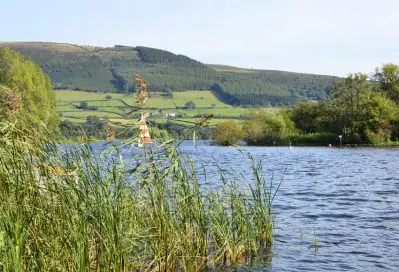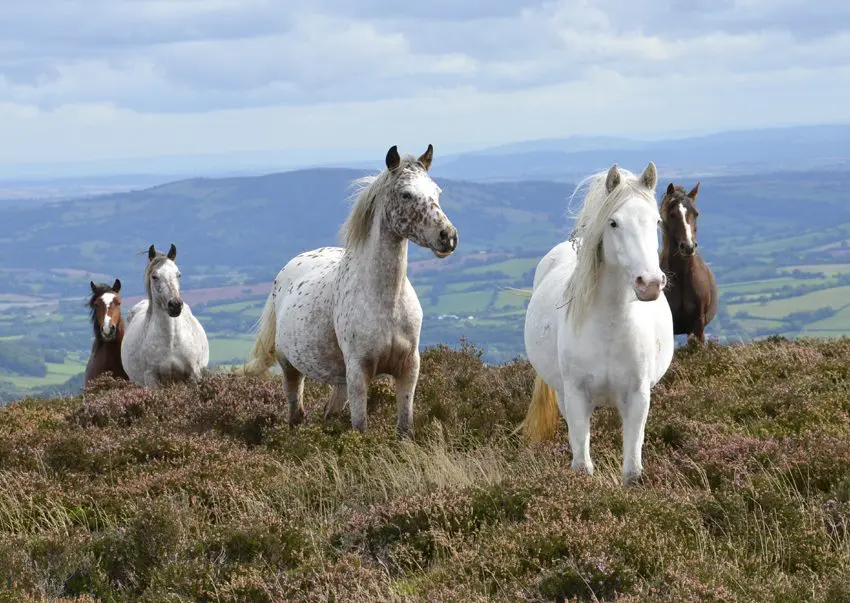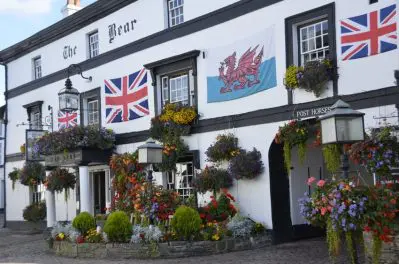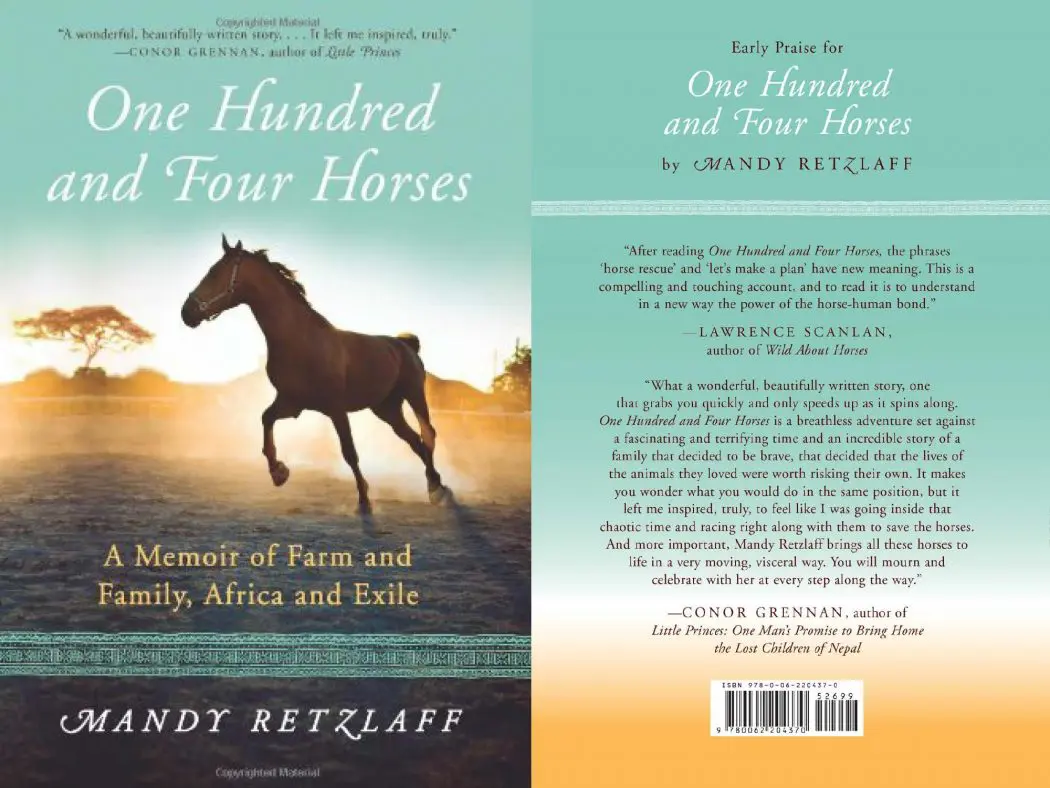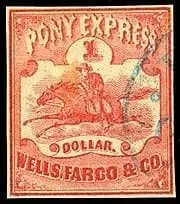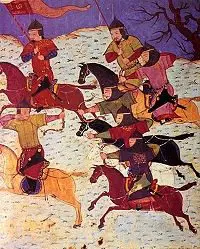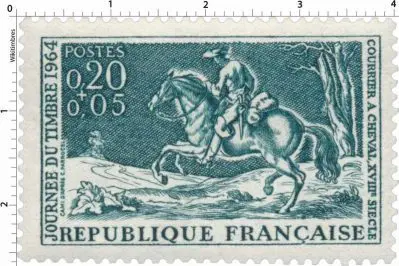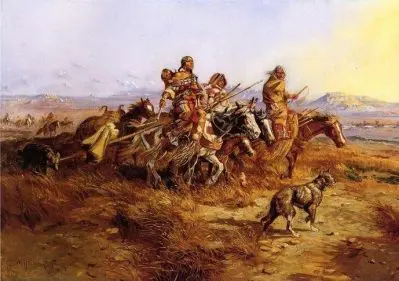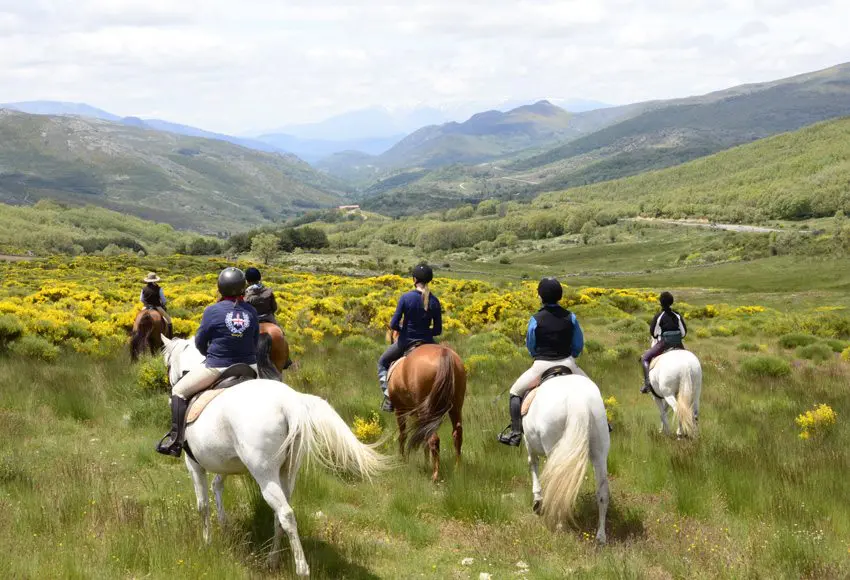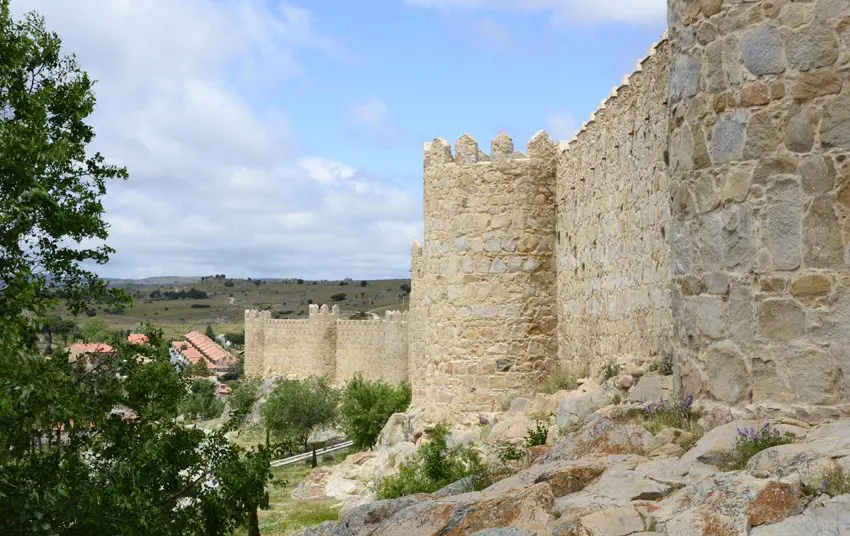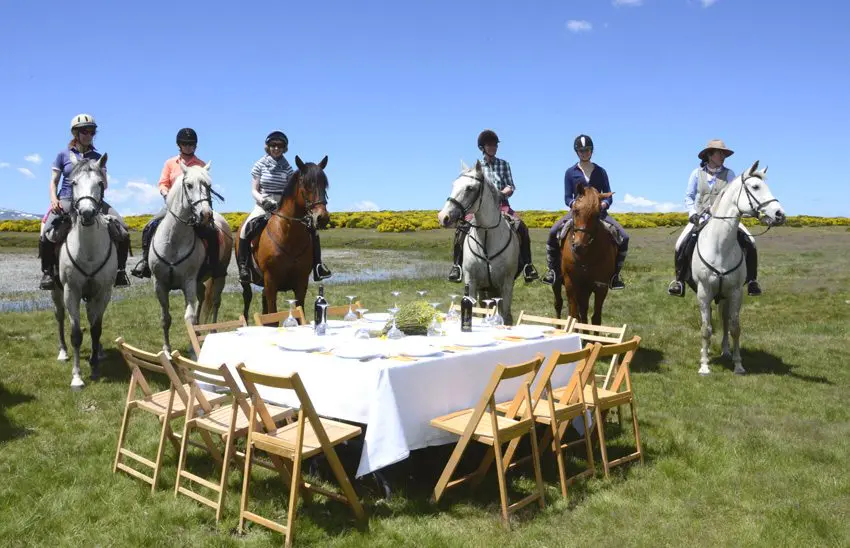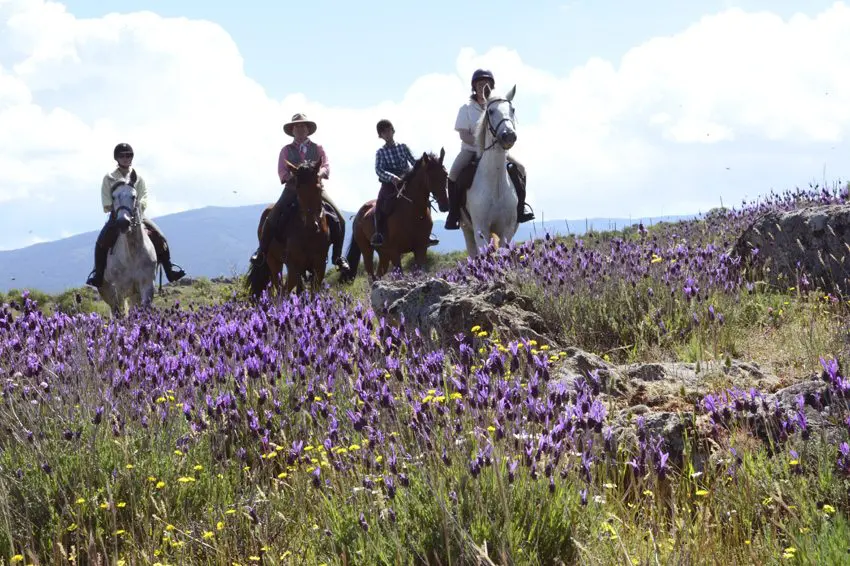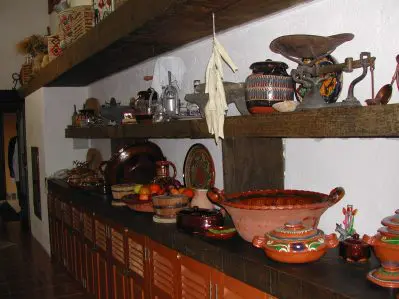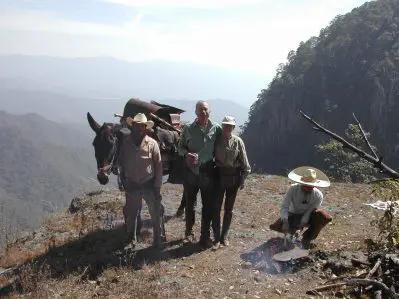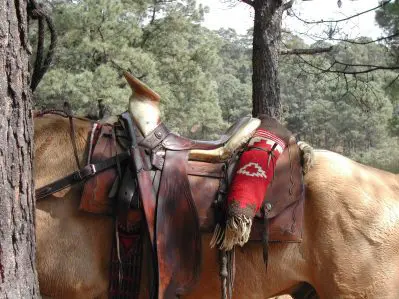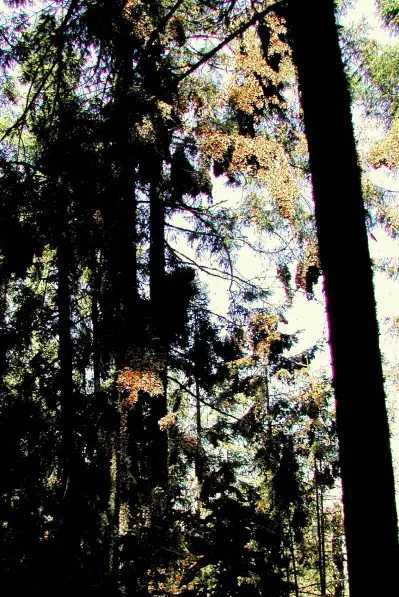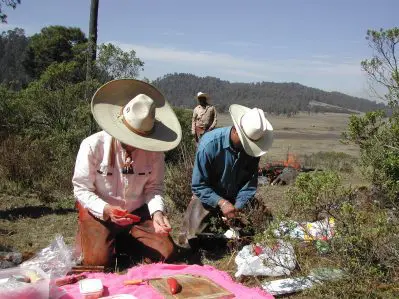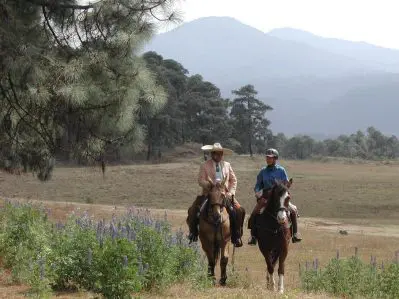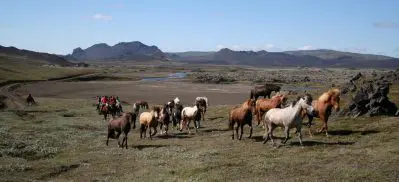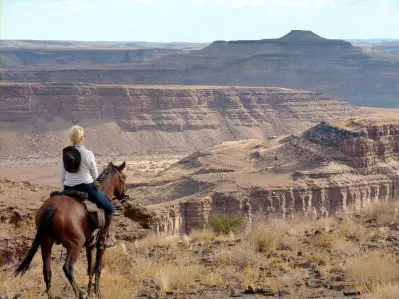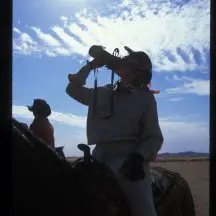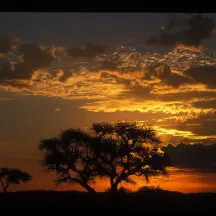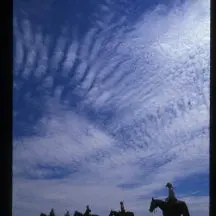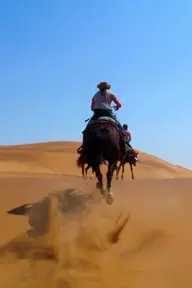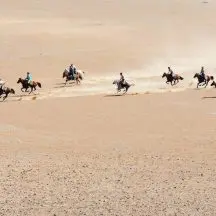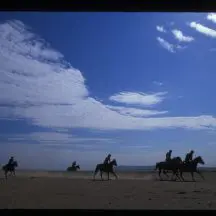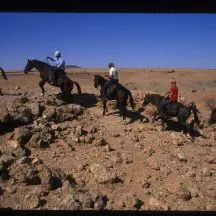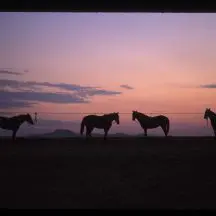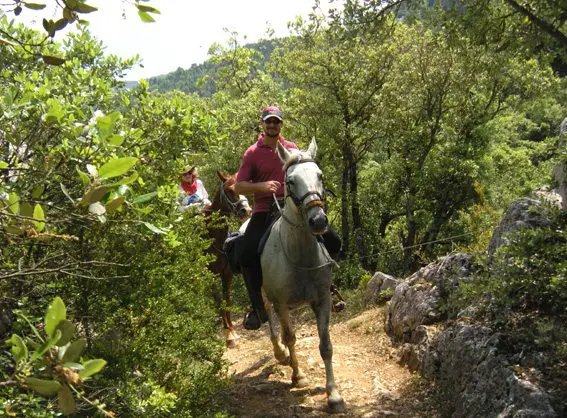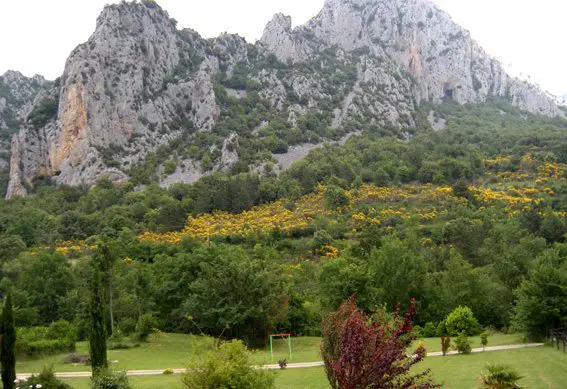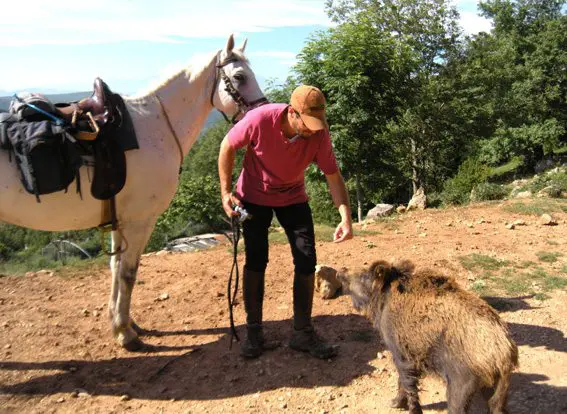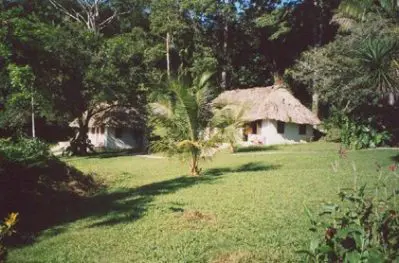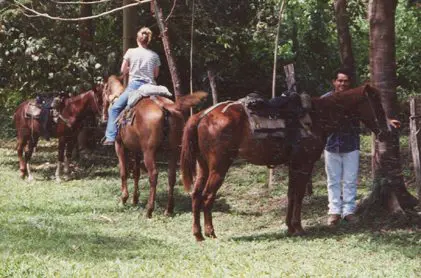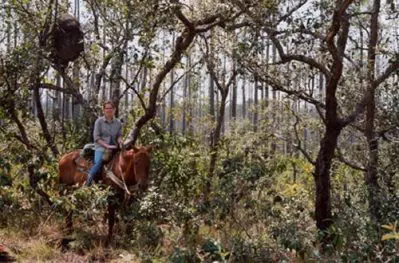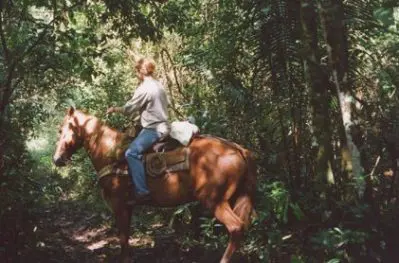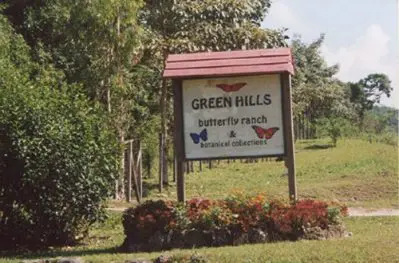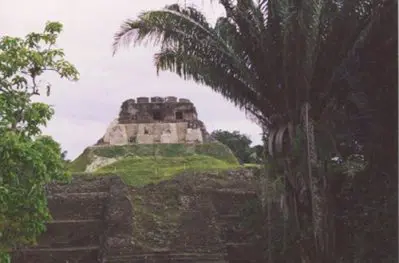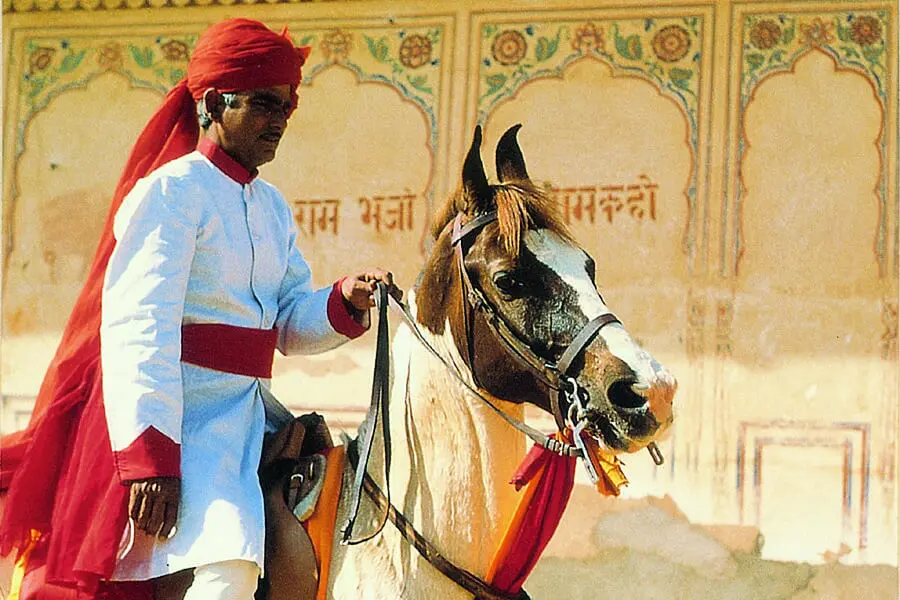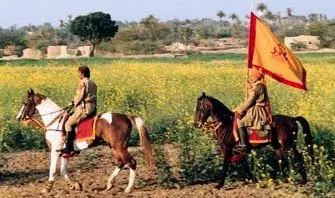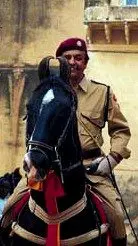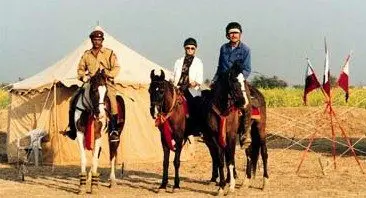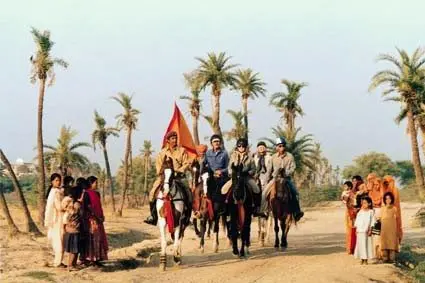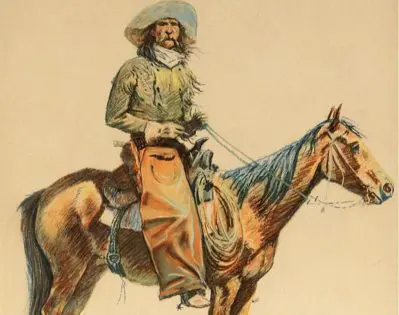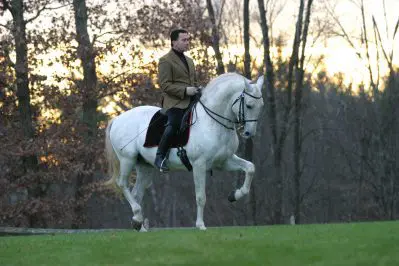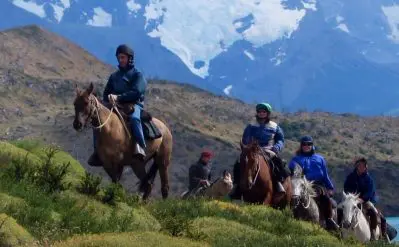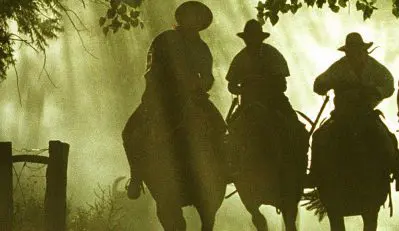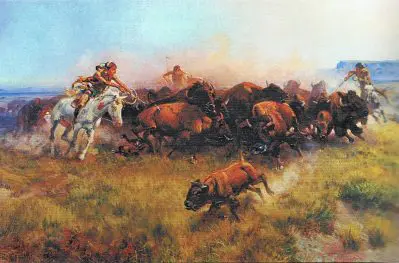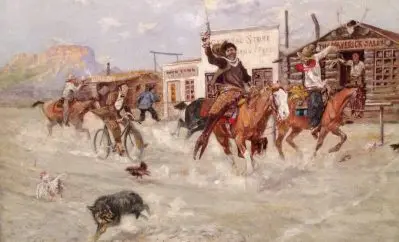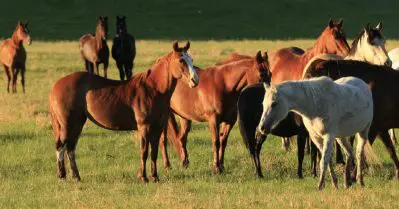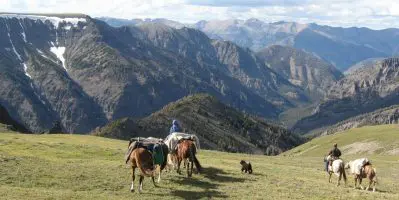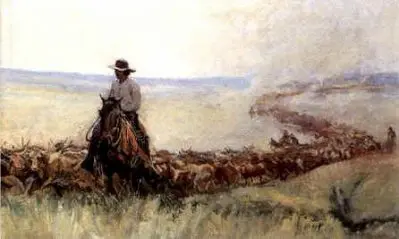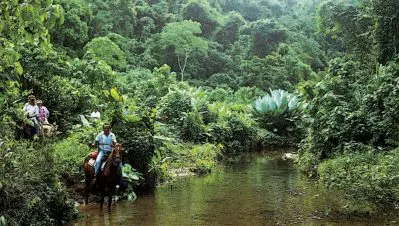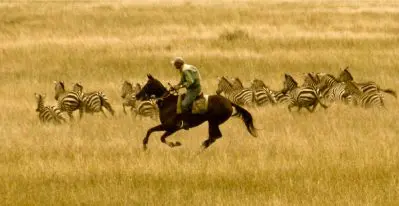So Green were the Valleys
Please note we do not currently have a ride in Wales, but have other options in Northern Europe and are working on expanding our repertoire in the area!
After riding numerous times over the years in Ireland, I had the opportunity to ride in Wales, in that oldest Celtic part of Great Britain. In September of 2012, my dream finally came true and I found myself on my way to the land of the legendary King Arthur.
Following a quick detour to the Devon area in southern England to check out a new ride, I boarded a train and headed northwest to my destination of Abergavenny, the gateway to Wales. On the last leg of the journey, after changing trains several times, I noticed a Japanese gentleman sitting several rows in front of me and knew immediately that he must be one of my clients for the ride. My first instinct was correct, and I shared a very memorable week with Mr. Obayashi from Japan and Kayla Steiner of Ohio.
We were met at the train station and taken to our accommodations for the first night, a lovely old mill house. Our rooms were quaint but well appointed with private bathrooms. After a welcome with hot tea and sweets, we retired to our rooms to freshen up before later heading out to dinner at a local pub where the traditional fare was plentiful and fresh.
The following morning we were driven to the stables to meet our horses for the week. Although the guide had chosen a thoroughbred mare named Harriet for me, a smaller cob cross named Jack nickered at me as we walked through the yard, choosing me for this first trail ride of the week. Jack gave it his best, but he had a bit of a choppy trot and was not as balanced as I prefer in the canter and gallop. Jack and I bid each other adieu after the first day and I took up the next suggestion of a cob cross named Bill, nicknamed ”Billy Who Tries” for his comfortable but somewhat slower gaits and steady personality. Billy worked out great for me since I was the official photographer for the ride and he was most patient while I took pictures from the saddle. In addition, Billy helped me regain my confidence while galloping after a recent incident with one of my own horses at home had left me a bit insecure in the fast gaits.
The next four days of the ride we didn’t return to the stables, but instead headed out in a wide loop of the Welsh countryside. Our first big climb took us high up a mountain with a splendid view of Llangorse lake and the village of Llangors. The unusually wet summer left the Welsh countryside shimmering in a myriad of green tones. Hedges separated pastures where flocks of sheep grazed contentedly. This part of Wales reminded me of a “larger Ireland”, the air similarly soft and humid. What a pleasant surprise this was for me after the especially arid summer we had been experiencing in Wyoming!
Our ride continued through the lush Welsh countryside, down lovely country lanes and around Sugarloaf Mountain. We covered about 27 miles on Tuesday thanks to wonderful opportunities for longer trots, canters and gallops. We could all feel the long hours spent in the saddle, but before relaxing ourselves that late afternoon we took care of our mounts. We removed their tack, hosed them off and fed them before turning them out to pasture for the night. Our small group of riders was very happy with our assigned horses for the week and cared for them well. Mr. Obayashi’s mount was a larger cob named Daisy who, in return, took great care of him on the trails.
We were driven to our accommodations to wash up before dinner at the oldest, and reputedly haunted, public house in Wales, Skirrid Mountain Inn where we relived our ride experiences of the day over hearty pub fare washed down with a pint or two of ale.
While Wales had been experiencing one of its wettest summers on record that year, we were extremely lucky with the weather during our ride. I will take part of the credit for that because I wore my “lucky” ski shell pants over my riding breeches every day. Even when the clouds threatened ominously, they sent no rain our way. The natural phenomena of the ski shells works in a similar manner to having an umbrella close by so that it will never be needed. I was in constant danger of overheating due to the water- and wind-proof material, but never removed the shells for fear that the heavens would open and pour on us if I did so. My strategy worked for the rains retreated and there was sun.
The rest of our Welsh mountain ride included picnic lunches, tours of old church yards, rides through dark and fragrant forests and savory dinners at local pubs in the evenings. Despite derogatory rumors going around about the cuisine in Great Britain, I cannot confirm that for Wales. Our meals in the quaint pubs were very tasty and complemented by the excellent ales, stouts and lagers. There were even delightful desserts for those of us with a sweet tooth.
A special treat during our ride was being greeted by half-wild Welsh ponies as we rode over fern-covered hillsides on top of one of the mountain ridges we explored.
All too soon the last day of our ride in Wales arrived and we circled back on the part of the trail we had taken at the beginning of our adventure. One last long canter and gallop, when “Billy tried” and gave it his all, and we were back on the ridge overlooking Llangorse Lake for the last time. Arriving at the stables, the horses were hosed off and turned out for a well deserved several days rest.
The farewell dinner was at a lovely upscale restaurant where we were once again treated to delicious local specialties. Our little group, which had grown quite cohesive during the week, recounted the most memorable experiences and shared a lot of laughter. I look forward to riding again with Mr. Obayashi and Kayla Steiner in any part of the world but also plan on returning to Wales where the grass is definitely greener and the undulating hillsides somehow larger, sparkling and alive in the sunlight.
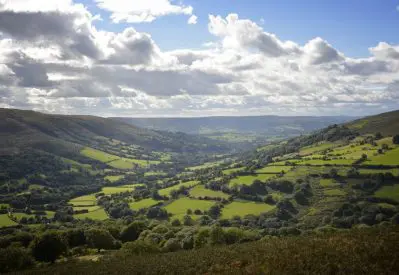
We took one last lingering view over the idyllic Welsh countryside before completing our memorable ride.
Ride Review by Biggi Hayes



